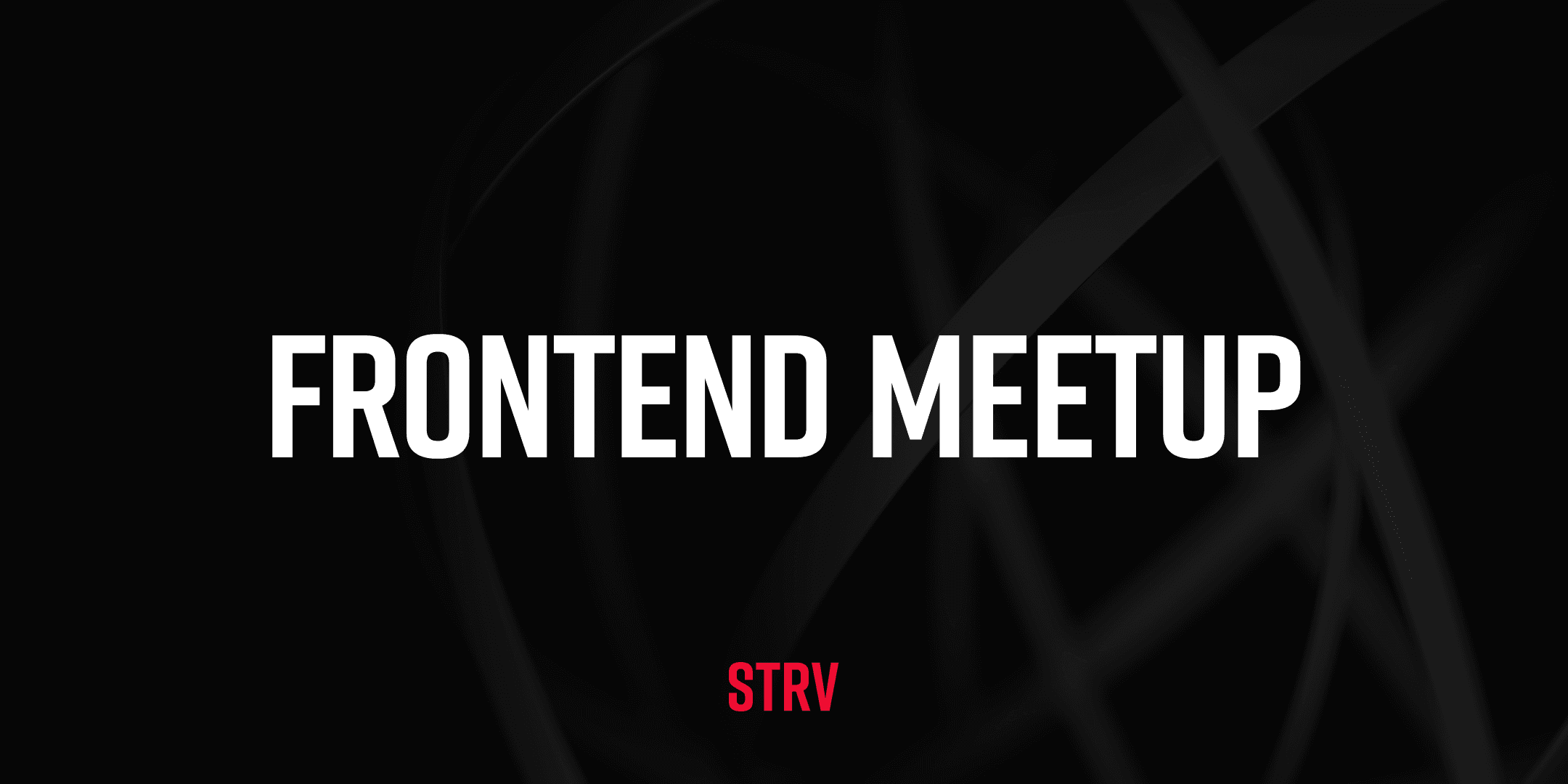There is nothing more important than your company’s culture. It can make or break you — regardless if you are a Fortune 500 heavyweight or a fledgling startup gearing up for your first seed round.
Recruiting people who share your vision is a no-brainer. Recruiting top talent is likewise paramount to your success. But above all else, recruiting people who click should be at the very top of your priority list.
BE PICKY
This is the time to be picky. This is the time to place cultural fitness above class-act talent, no matter how counter-intuitive that approach might sound. The goal is to find and cultivate good chemistry, which is easy said than done. Recruiting perfect matches — people who you wouldn’t mind, for example, grabbing a few beers with after hours — is not achieved in one Skype interview. By our estimate, it’s a lengthy process that can take anywhere from two to three months to complete and even then, there are no guarantees.
Tech recruiting is not an exact science, but if you have some good processes in place, you can minimize your risks, particularly when it comes to spotting a good culture fit.
You’ll need to put in a lot of initial legwork, but if you do it right, you’ll end up saving a lot of time, money and heartache.
DEFINE COMPANY VALUES
What kind of person are you looking for? Make a list. Define the behaviors that are valued at your company. Seek input here from your team through a simple survey (Google Form is a good tool for that), discussion group or both, if you have the time. Ask people what kind of person they’d like to work with, what they like about the current team and how they would describe the company culture.
Use the most frequently cited behaviors or keywords to craft a specific and authentic job description. Avoid corporate slogans or buzzwords like “Respect” and “Communication,” which are too general to describe anything tangible.
One of the core values at STRV is “Eager to learn; Eager to teach.”
The phrasing is a hybrid of comments pulled from group discussions and team surveys, where one person wrote: “I learn something new every day when I am in touch with awesome people.”
Another shared: “My colleagues are motivated professionals, and it is great to share our knowledge. I like that we are working as a team and there are no superstars - we are learning from each other. It is rare.”
STAR MODEL
Based on your team’s feedback, draft interview questions that will allow you to evaluate these defined values with each candidate. Press candidates to give you specific examples. The STAR model will lead to more in-depth responses — Situation (define the situation), Task (what was your task?), Action (what action did you take?), Result (What was the result?).
A good line of behavioral questions would look like this: Tell me about a situation where you had to teach something to your teammates? What was it exactly? How did you do it? What was the result?
Steer away from a closed question like “Do you like teaching others?” Of course, the person is going to say “Yes.” There is no other correct answer, and you, as the interviewer, learn nothing.
For more insightful interview tips and tricks, check out STRV’s interview guide.





